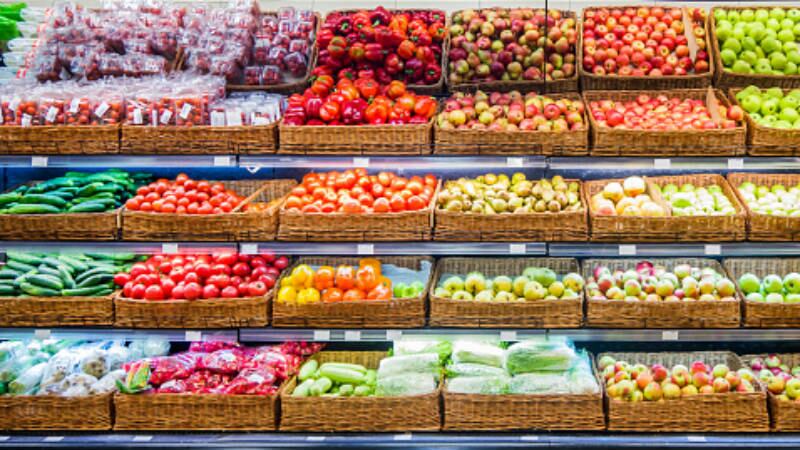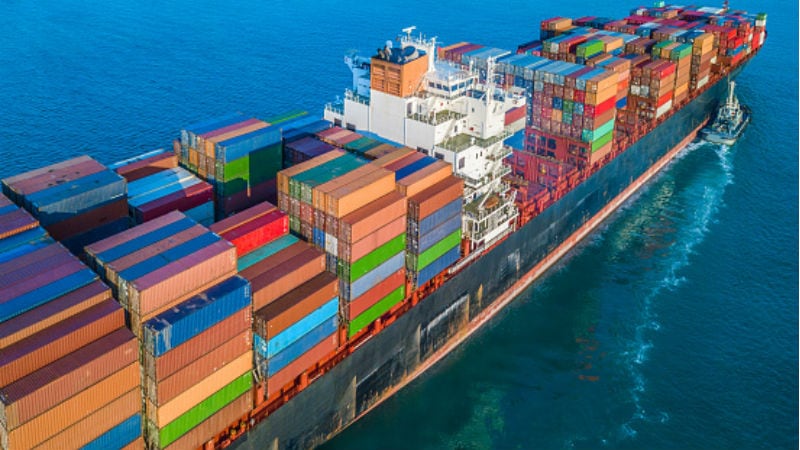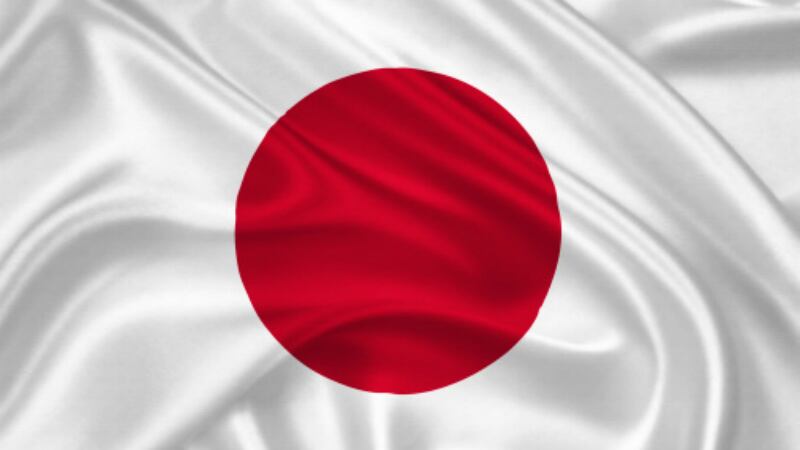Japan has long acknowledged that the country has seem food self-sufficiency rates drop continuously over several decades and has been trying to reverse it.
Food self-sufficiency is a ratio of domestic food production to the availability of domestic food supply, and is indicated as a percentage value of which the higher is the better.
According to the Japanese Ministry of Agriculture, Forestry and Fisheries (MAFF), this is a great source of concern for the country as it has one of, if not the lowest such ratio worldwide.
“Japan's food self-sufficiency rate has been declining over the long term and is [currently] at the lowest level among developed countries globally,” MAFF said via a formal statement.
“Food self-sufficiency represents the potential food production capacity of Japan's various food sectors, including the agriculture, forestry and fisheries industries [and] it is necessary to maintain and improve our food self-sufficiency rate and food self-sufficiency potential to ensure a stable food supply.
“According to our latest analysis, the latest MAFF food self-sufficiency rate which is for FY2021 showed a 1% improvement in terms of calories provision (whether from domestic or imported sources) for the public, from 37% in FY2020 to 38% in FY 2021 – but unfortunately when looking at food self-sufficiency based on domestic production, this showed a 4% decrease from 67% in FY2020 to 63% in FY2021.”
The 4% decrease is also very significant for the East Asian nation as this brings its food self-sufficiency rate down to the lowest it has been in the last decade. The lowest previous value for this was 64% back in 2014, but this has been hovering between 66% and 68% for all the other years in the past 10 years.
It is also worrying as Japan has set a national target to raise its food self-sufficiency rates significantly by FY2030, to hit 45% on a calorie basis and 75% on a production basis – so whilst it seems that the former might be achievable if it continues on this trajectory, this year’s setback means that there is a very significant 12% gap between its current production and its goal production.
“Food self-sufficiency based on a production value involves imported food products like oils and starches as well as imported feed, and all of this is affected by international grain prices, ocean freight charges, imported meat and seafood prices, and so on,” said MAFF.
“There has been an overall increase in these prices [leading to the drop], and there have also been many changes in consumers’ preferred eating habits, such as increased consumption of livestock products and fats and oils [of which Japan imports a lot], whilst consumption of rice [of which Japan can produce a lot] has decreased.
“We are aware that compared to many other countries, Japan’s self-sufficiency rate is already very low both on a calorie and production basis, [which is why] we are also attempting to get the public interested in the realistic situation of food and agriculture in Japan, thus have dedicated special resources to explain this with a focus on food self-sufficiency.”
MAFF’s specialised web-portal dedicated to food self-sufficiency is available for public viewing here.
Country comparison
In terms of international comparisons, Japan has also already conducted in-depth research into the food self-sufficiency rates of various countries internationally, strengthening its conclusion of lying at the very bottom of the pack when comparing with other developed markets.
Based on 2019 numbers, countries that were found to be the most self-sufficient were Canada (233% for caloric self-sufficiency, 118% for production self-sufficiency), Australia (169% and 126%), the United States (121% and 90%).
Compared to these and many others from Spain to Sweden, Japan has found itself lagging far behind – and with its 2021 numbers having dropped even lower than numbers back in 2019, the government is even more determined to boost these back up.
One of the ways it is attempting to achieve this is by publishing prefecture self-sufficiency rates – perhaps to incite competitiveness in order to accelerate results – although understandably prefectures better known for their agriculture and food activities such as Hokkaido (228%, known for many things from potatoes to rice to dairy), Aomori (264%, known for its apple production) and Iwate (240%, known for both rice and seafood production) have an edge over others like Tokyo (3%).





